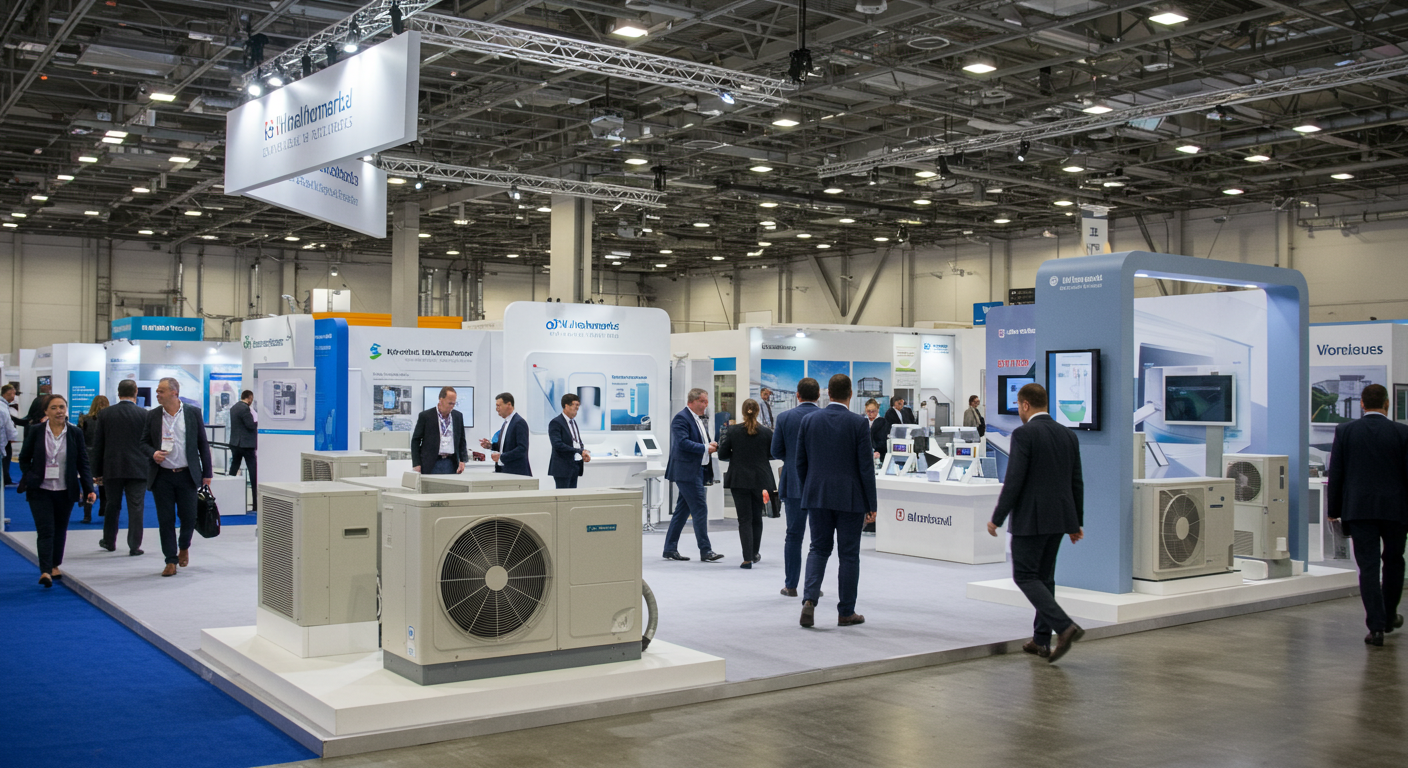
Regulatory Updates Every HVAC Contractor Needs to Know for 2025
As we step into 2025, the HVAC industry is buzzing with new regulatory updates that every contractor needs to be aware of. These changes are not just about compliance; they’re about setting the stage for a more sustainable future. So, let’s dive into the key updates and what they mean for you and your business.
New Refrigerant Requirements
Starting January 1, 2025, there’s a significant shift in refrigerant requirements for all new residential air conditioners and heat pumps. The move to A2L refrigerants, known for their lower global warming potential (GWP), is a crucial step in reducing environmental impact. If you’ve been working with R-410A, it’s time to get familiar with alternatives like R-32 and R-454B. Not only do they meet the new standards, but they also align with the industry’s push toward sustainability.
Installation and Manufacturing Deadlines
Another major update is the restriction on manufacturing or importing products with a GWP of 700 or greater. This comes into effect on January 1, 2025. However, there’s a grace period for installation. You can still install systems with these substances until January 1, 2026, as long as all components were made or imported before the 2025 deadline. This gives you some leeway, but planning ahead is essential to ensure compliance.
Environmental and Market Impact
The AIM Act is driving these regulatory changes, aiming to phase out HFCs and reduce the environmental footprint of HVAC systems. This transition is expected to boost the industrial HVAC market significantly, with a projected growth of USD 6.81 billion from 2025-2029. The demand for energy-efficient systems and advanced refrigerants is on the rise, presenting new opportunities for growth and innovation in our industry.
Compliance Challenges and Industry Trends
Keeping up with environmental regulations like those under the Clean Air Act can be challenging, especially with the frequent updates. However, these changes are crucial as climate change continues to drive HVAC demand. Hotter summers mean increased reliance on HVAC systems, both in homes and businesses. Staying informed and adapting to these trends is key to maintaining your competitive edge.
- Switch to A2L refrigerants like R-32 and R-454B for compliance.
- Plan installations to meet the new manufacturing and importing deadlines.
- Stay updated with the AIM Act and Clean Air Act regulations.
- Embrace energy-efficient technologies to capitalize on market growth.
- Prepare for increased HVAC demand due to climate change.
Conclusion
The regulatory updates for 2025 are not just boxes to tick; they’re an opportunity to lead the charge toward a more sustainable HVAC industry. By staying informed and proactive, you can ensure compliance, tap into new market opportunities, and contribute to a greener planet.
Ready to take your HVAC business to the next level? Stay ahead of the curve by embracing these changes today!
FAQ
What are the new HVAC refrigerant standards for 2025?
The new standards require the use of A2L refrigerants with lower GWPs, such as R-32 and R-454B, for new residential air conditioners and heat pumps.
When do the new manufacturing and importing restrictions take effect?
Starting January 1, 2025, the manufacturing or importing of products with a GWP of 700 or greater is prohibited.
How will these changes impact the HVAC market?
The market is expected to grow by USD 6.81 billion from 2025-2029, driven by the demand for energy-efficient systems and advanced refrigerants.
What challenges might contractors face with these updates?
Contractors need to stay compliant with evolving environmental regulations, which can be challenging due to frequent changes.
How can contractors prepare for increased HVAC demand?
By adopting energy-efficient technologies and staying informed about industry trends related to climate change and regulatory updates.


